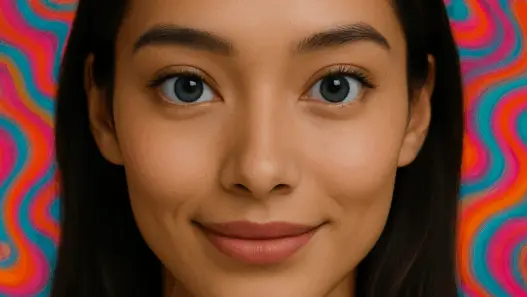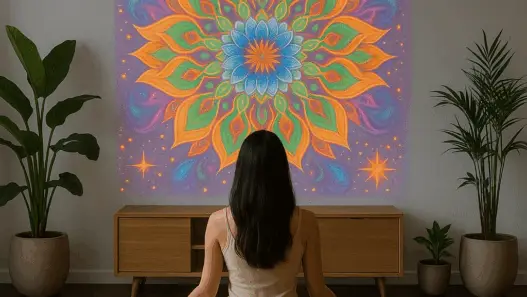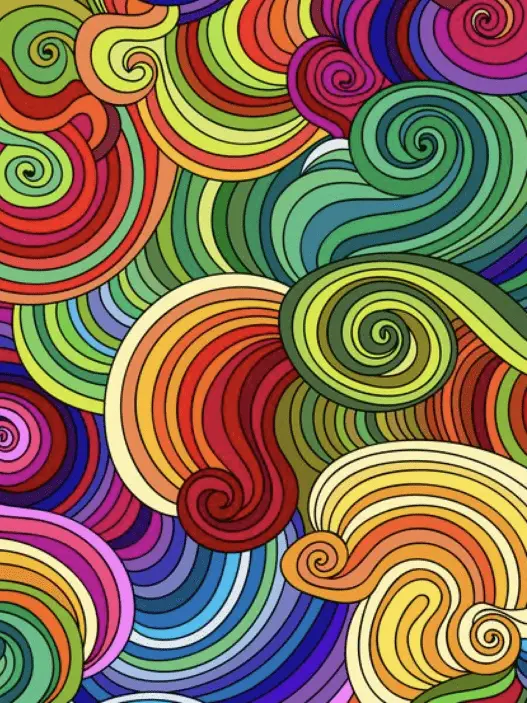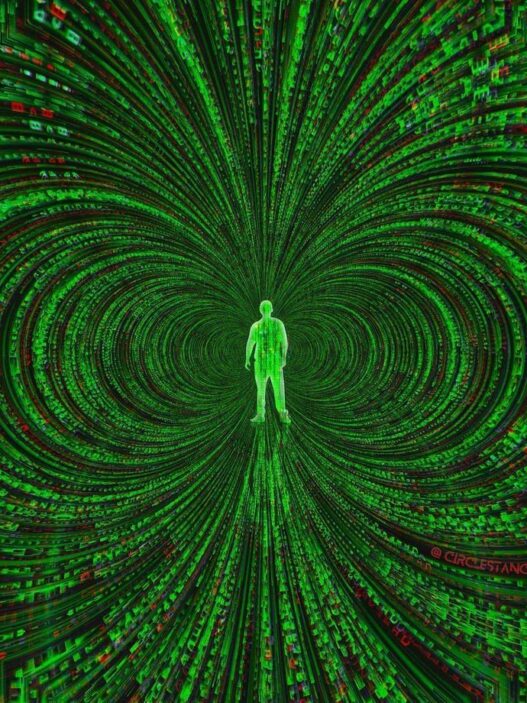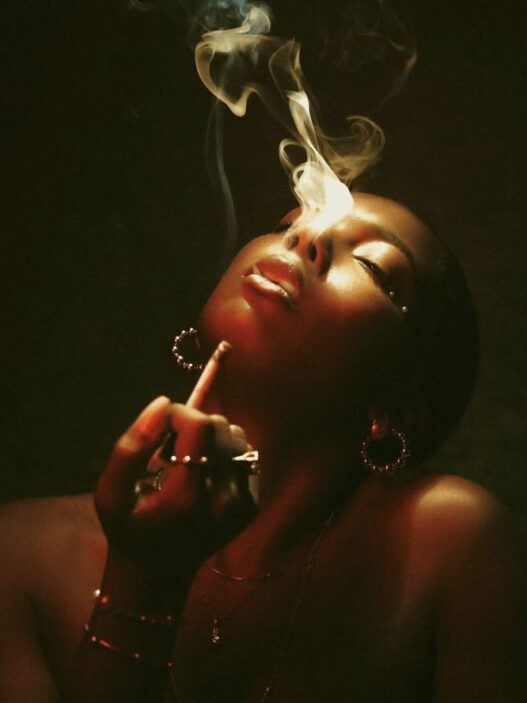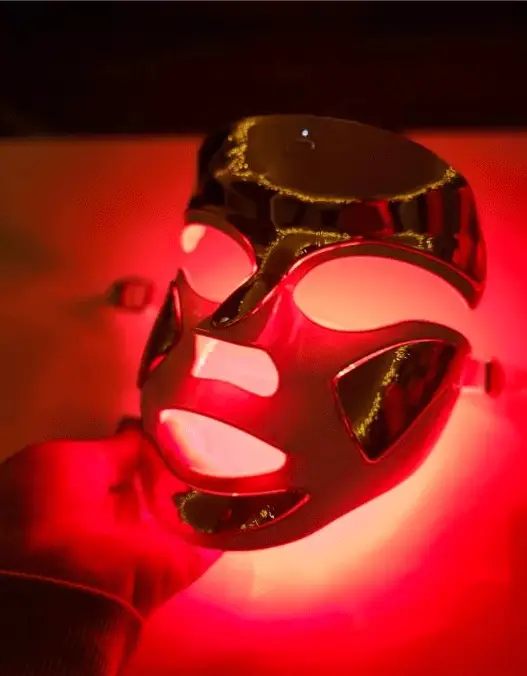Some of the world’s most famous artists, writers, and musicians have credited cannabis for sparking their creativity. But how does it actually work?
Cannabis alters brain activity in unpredictable and anarchic ways, allowing thoughts to flow more freely and making it easier to connect unrelated ideas. Scientists have linked cannabis use to divergent thinking, the key ingredient of creative problem-solving and innovation.
Let’s explore how weed shakes up the brain’s structure and fuels creativity.
1. Weed and the Default Mode Network: Breaking Conventional Thought Patterns
The Default Mode Network (DMN) is responsible for self-reflection, daydreaming, and habitual thinking. Cannabis disrupts normal DMN activity, leading to more unstructured and spontaneous thought patterns.
🔹 THC decreases connectivity in the DMN, making thoughts less constrained by past experiences (Bourdaa et al., 2021).
🔹 Disrupting the DMN allows for fresh perspectives, making it easier to escape rigid thought loops.
🔹 Studies show that cannabis users have higher levels of divergent thinking, a key marker of creativity (Schafer et al., 2012).
💡 Analogy: If normal thinking is like driving on a highway, weed is like taking a scenic route full of unexpected turns and detours.
2. Increased Dopamine Levels: Fuel for Creative Flow
Cannabis boosts dopamine, the neurotransmitter linked to motivation, curiosity, and pattern recognition.
🔹 THC increases dopamine release, making ideas feel more exciting and meaningful (Bloomfield et al., 2016).
🔹 Higher dopamine levels enhance associative thinking, helping the brain make unexpected connections between ideas.
🔹 Many users report “eureka moments”, where fragmented thoughts suddenly form a bigger picture.
💡 Analogy: Dopamine is like color in a black-and-white sketch, making ideas more vivid and engaging.
3. Anarchic Brain Activity: The Randomness Factor
One of cannabis’s most fascinating effects is its ability to increase random and chaotic brain activity.
🔹 THC disrupts normal neuron firing, leading to spontaneous and nonlinear thought patterns (Bossong & Niesink, 2010).
🔹 This randomness fuels creativity by breaking structured thought patterns.
🔹 Cannabis enhances pareidolia, the brain’s tendency to see patterns in randomness, which can inspire creative insights (Honer et al., 2018).
💡 Analogy: The brain under cannabis is like a jazz improvisation, where thoughts break free from structured rules and take unexpected turns.
4. Enhanced Verbal and Artistic Expression
Cannabis users often report a greater ability to express ideas in unique and abstract ways.
🔹 Studies show that low doses of THC improve verbal fluency, helping people generate more words and creative descriptions (Morgan et al., 2010).
🔹 Artists and musicians often use cannabis to break creative blocks and explore unconventional styles.
🔹 THC enhances the brain’s ability to merge sensory experiences, leading to synesthetic effects (e.g., “hearing colors” or “seeing sounds”).
💡 Analogy: Cannabis turns words and images into a fluid, interconnected stream, making self-expression more dynamic.
5. Finding the Right Balance: The Creativity Sweet Spot
While low to moderate doses of THC boost creativity, high doses can impair cognitive flexibility.
🔹 Low doses improve divergent thinking and idea generation.
🔹 High doses can lead to mental overload, making it harder to focus on a single idea (Crescentini et al., 2019).
🔹 Some users report a “too high to function” effect, where random thoughts become overwhelming rather than productive.
💡 Pro Tip: The best results come from microdosing cannabis—small, controlled amounts that enhance creativity without cognitive fog.
Final Thought: A Catalyst for Unstructured Genius?
Cannabis unlocks new creative pathways by disrupting conventional thought patterns, increasing randomness, and enhancing pattern recognition. Whether it’s for art, music, writing, or problem-solving, the right balance of weed can fuel bursts of original thinking.




